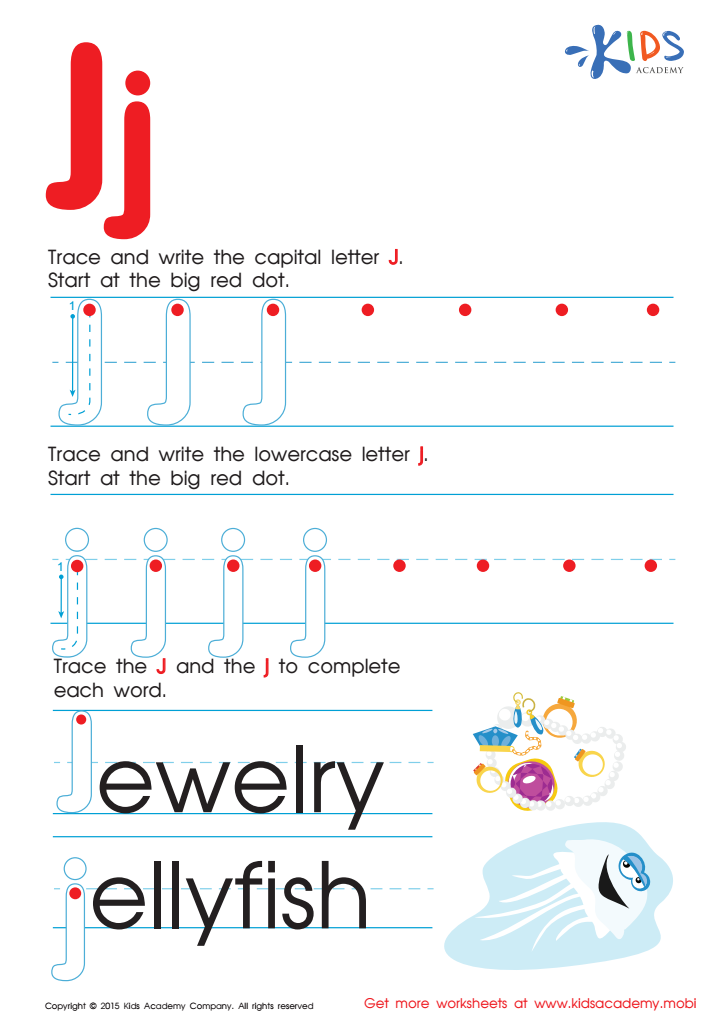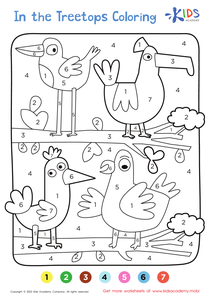Handwriting improvement Grade 2 Tracing Letters Worksheets
3 filtered results
-
From - To
Enhance your second grader's handwriting with Kids Academy’s Grade 2 Tracing Letters Worksheets! Our expertly designed sheets help young learners refine their penmanship through engaging tracing exercises. Each worksheet provides guided practice to ensure proper letter formation, spacing, and consistency. Ideal for classroom use or at-home practice, these worksheets support children in developing essential handwriting skills while boosting their confidence. Perfect for early learners focused on perfecting their alphabet knowledge and handwriting mastery. Transform handwriting into an enjoyable and rewarding experience with Kids Academy’s comprehensive letter tracing worksheets. Explore, trace, and master the art of excellent penmanship today!


Letter Z Tracing Page


Letter J Tracing Page


Letter B Tracing Page
Improvement in handwriting through activities such as tracing letters is crucial for children, especially in Grade 2, for several reasons. First and foremost, it helps develop fine motor skills. Children at this age are still mastering pencil grip, coordination, and control, and tracing letters provides the repetitive practice needed to enhance these abilities.
Handwriting practice also contributes significantly to the development of literacy skills. Writing and recognizing letters help reinforce phonics, word formation, and overall reading abilities. A child who can write letters easily is often more confident and efficient in their academic tasks. Good handwriting leads to clear and legible writing, which is critical for communication and academic success. If children struggle with handwriting, they may become frustrated or reluctant to write, which can hamper their learning.
Furthermore, consistent handwriting practice encourages discipline and focus. Tracing letters requires attention to detail and patience, traits that are valuable across all areas of learning and life. Practicing handwriting can also provide a sense of accomplishment, boosting a child's self-esteem and encouraging a positive attitude towards schoolwork.
In conclusion, improving handwriting through letter tracing supports fine motor development, literacy skills, academic performance, and personal growth, making it an essential aspect of early education that benefits children's overall development.
 Assign to My Students
Assign to My Students















